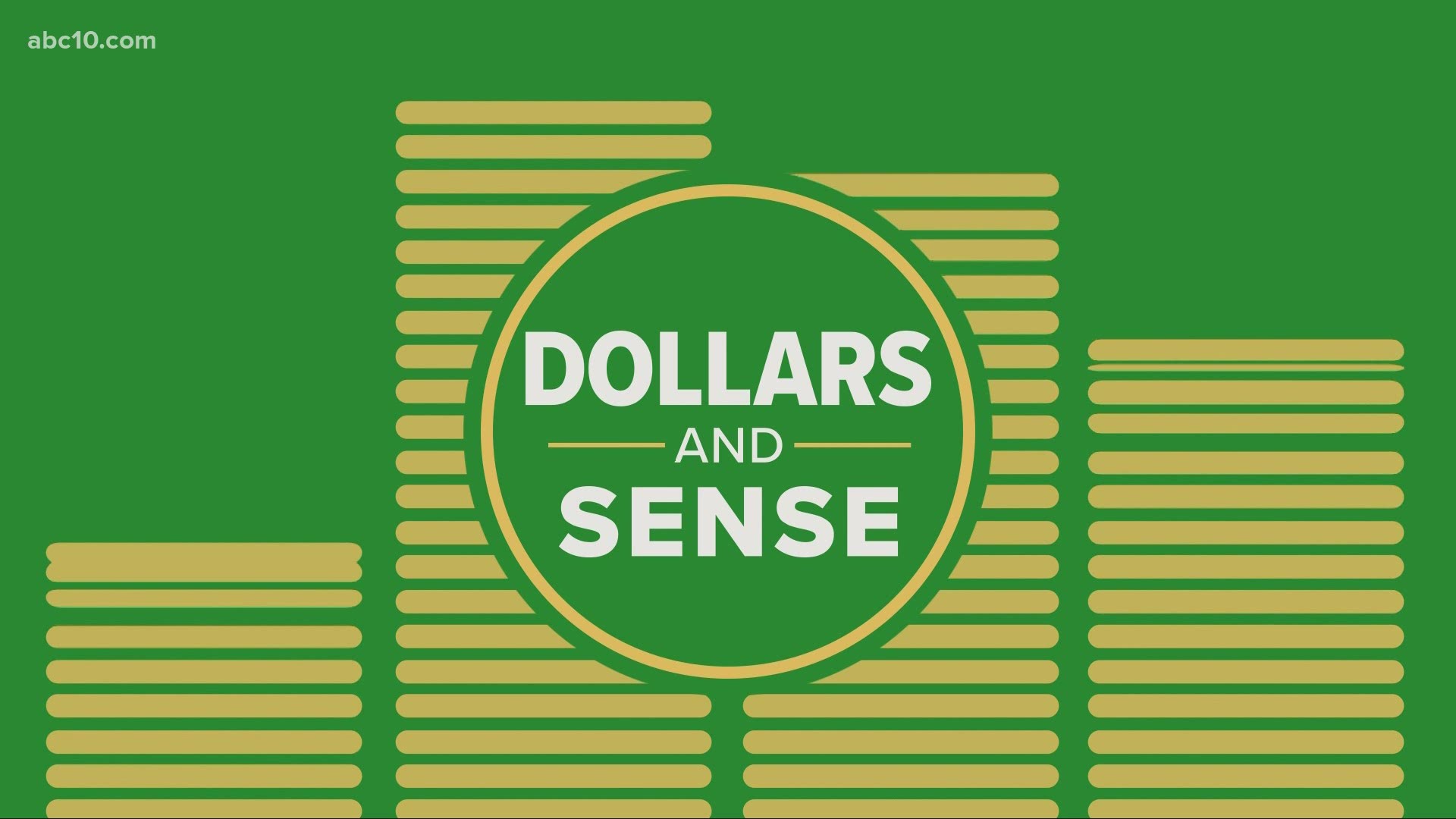SACRAMENTO, Calif. — Some larger metro areas in Northern California, like Sacramento, San Joaquin, and Stanislaus counties, have already opened their own self-managed rental relief programs. Now, it’s time for residents of less populated areas to apply for the state-administered version beginning March 15th.
Funded by a mix of state and federal money, the program will help renters who are behind on rent due to financial hardship or health issues that were caused by the pandemic. It’s estimated that 1.5 million California families have fallen behind, according to Business, Consumer Services and Housing Agency (BCSH) Secretary Lourdes Castro Ramirez.
Participating landlords with qualifying tenants can be paid for 80% of back-owed rent from April 1, 2020, through March 31, 2021--if they agree to forgive the other 20%.
“The fact that they are promised 80% is a big deal,” said Debra Carlton, Executive Vice President for State Government Affairs for the California Apartment Association. “We are strongly recommending that rental property owners participate in the state program.”
Carlton, whose organization works with about 50,000 landlords across the state, says the 80% payment will be a game-changer for many. “I think if this program were not in place, owners probably would never have gotten any money from some of the tenants that haven’t paid,” she told ABC10.
Tenants whose landlords don’t go for the 80% plan still can apply for the 25% minimum payment needed to comply with the state eviction moratorium.
The program involves billions of dollars, but Johnny Burke, Executive Director of the Sutter-Yuba Homeless Consortium, says the more people it helps stay in their home, the better. “It is by far cheaper to invest money into prevention and keeping folks in housing, rather than to try and rehouse them after they become homeless. It becomes much more difficult task at that point, and much more costly.”
A tenant’s income is a major factor in whether they qualify for relief, and applications will be prioritized by need. Details on qualifying and what people need to apply are available at housingiskey.com. Landlords and tenants also can call (833) 430-2122.
Burke says that making things work will rely heavily on communication between renters and owners. “For tenants, right now, that are interested in this, knowing that website housingiskey.com and speaking to your landlord are the two most important things that you can do at this moment,” explained Burke.
Landlords and tenants will want to make sure they have accurate contact information for each other, among other things. That will allow the program to make both parties aware that the other has applied and move applications forward.
Russ Heimerich, Deputy Secretary of Communications for the BCSH, says even if you’re not sure if your city or county is running their own version of the program, you can start with housingiskey.com.
“What our goal is, is that there is no wrong door for somebody seeking relief to enter. If they enter our door, and they're in another option area, then we will make sure that they get to the right people,” said Heimerich.
He also says that if you have questions about whether you’re eligible, it’s best to apply anyhow.
“We'd rather you apply and find out that you're not eligible as opposed to not applying, and then finding out that you were eligible,” said Heimerich.
As mentioned, some cities and counties are running their own rental assistance programs. If you live in one of these areas you can get more information below.
If you aren't sure about where to apply, go ahead and start the process at housingiskey.com and they can connect you with the rental assistance available where you live.
WATCH NEXT: Why Sacramento rent is increasing while most cities are declining | Dollars and Sense



















